Screenshots courtesy of Math Academy
1. Calculating the inverse of a 3x3 matrix using the Cofactor Method
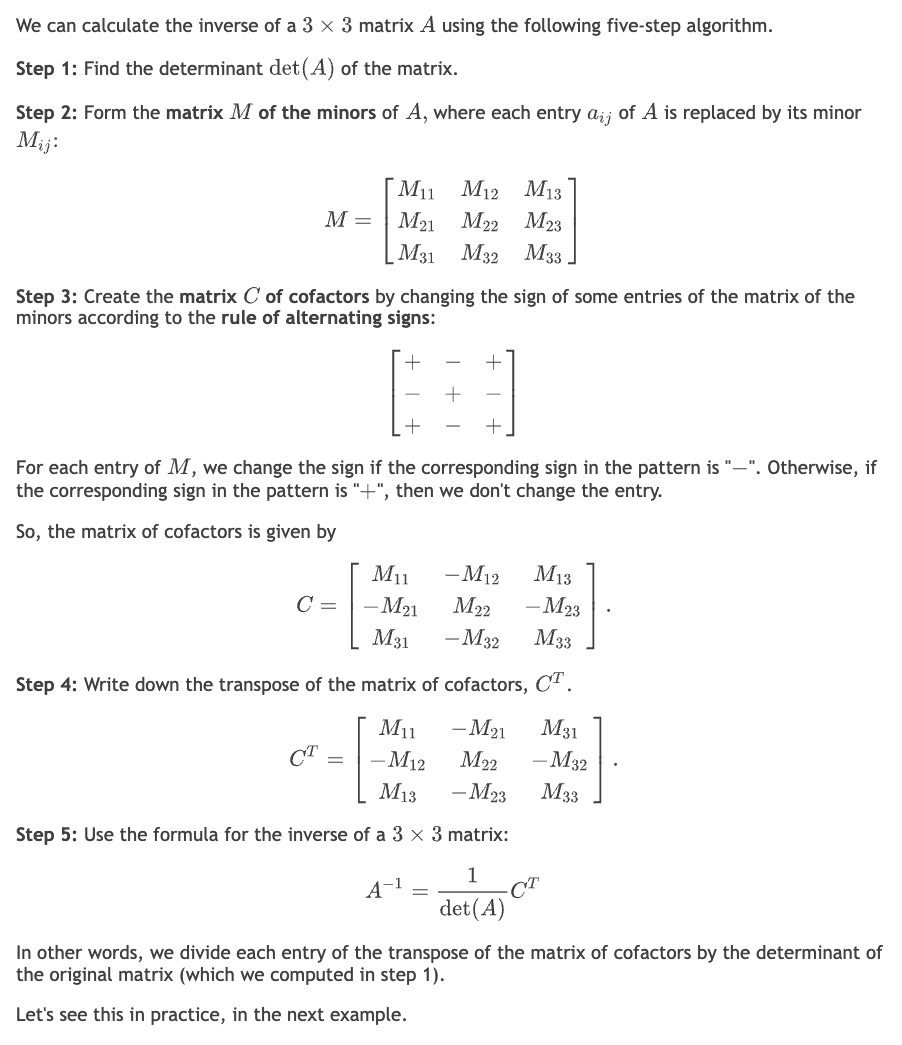
2. Calculating Individual Entries of the Matrix of Cofactors
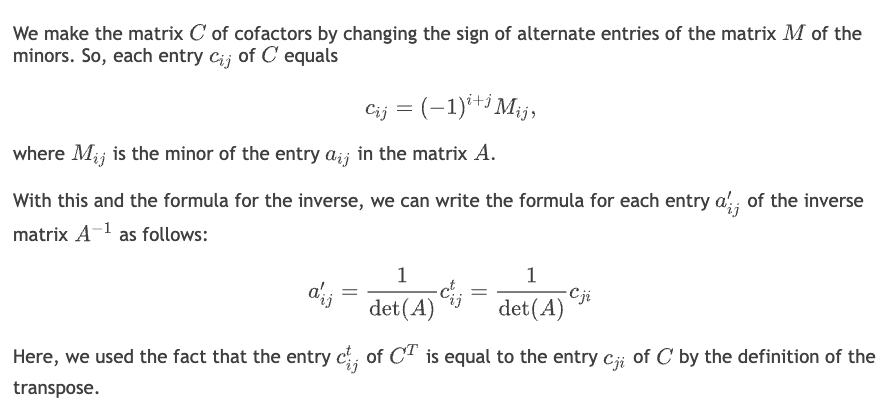
3. Sine Graph and Properties
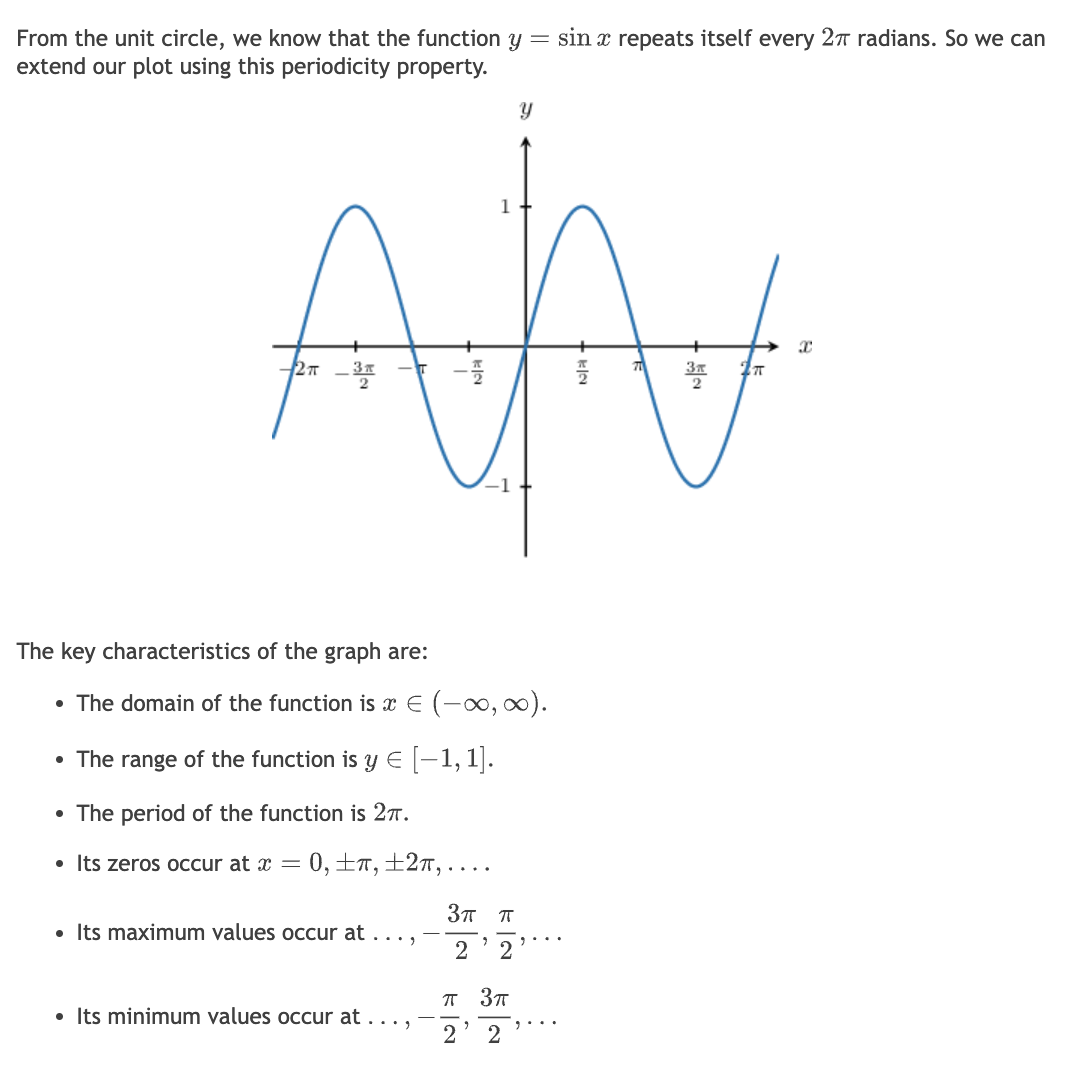
4. Cosine Graph and Properties
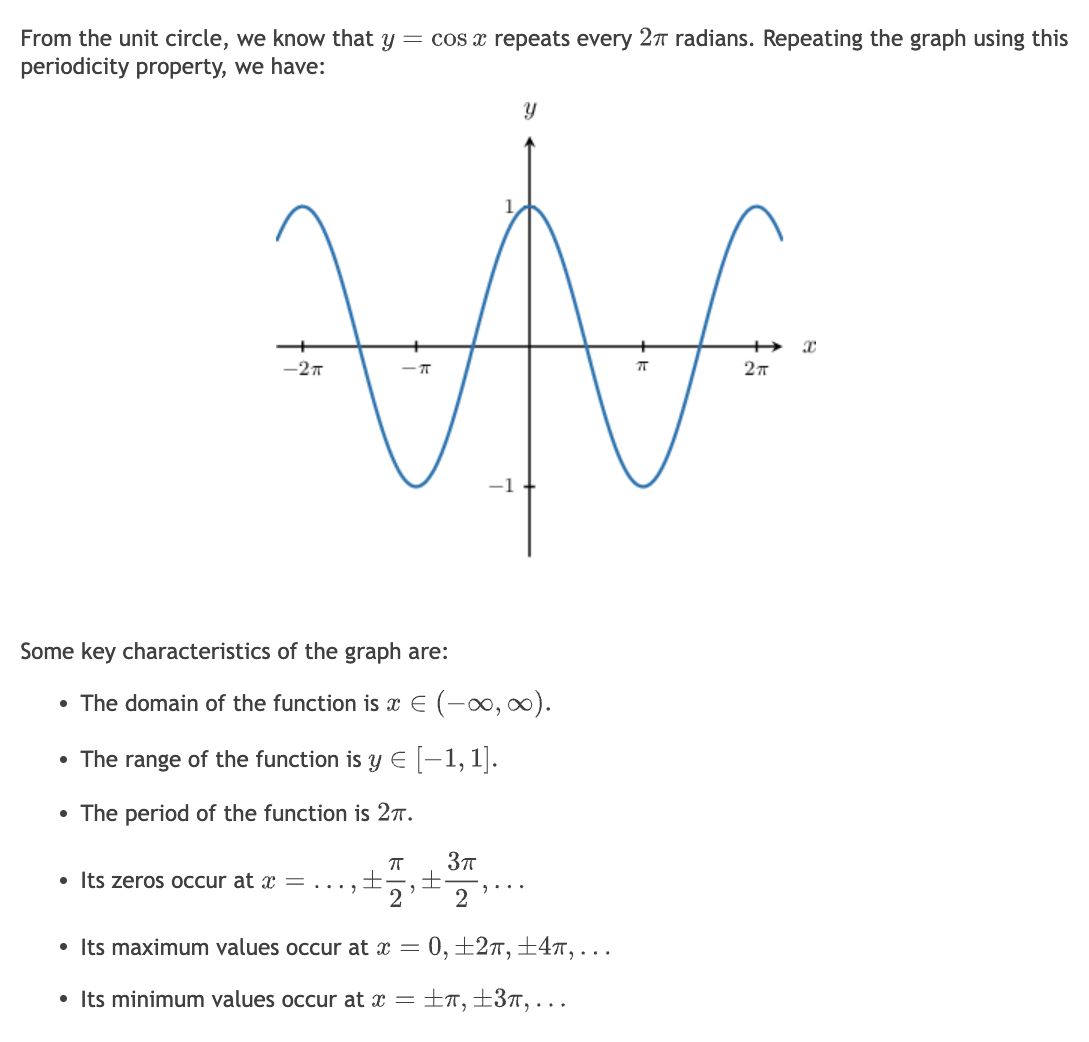
5. Invertible Matrix Theorem in Terms of 2x2 System of Equations
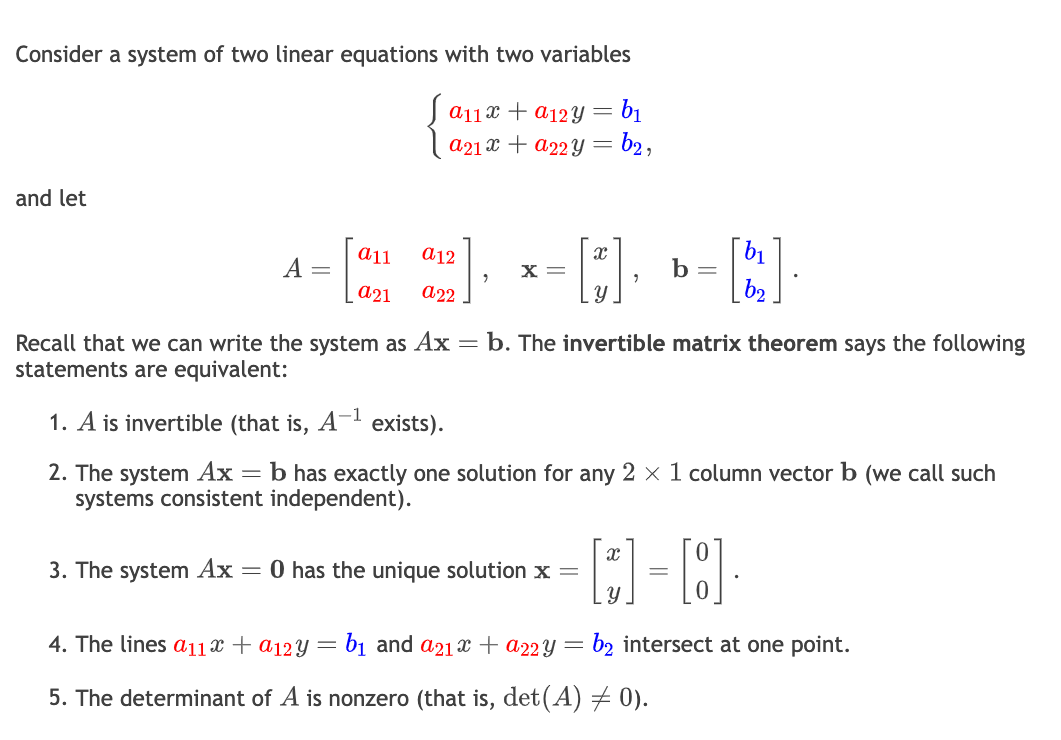
6. Trigonometric Derivatives
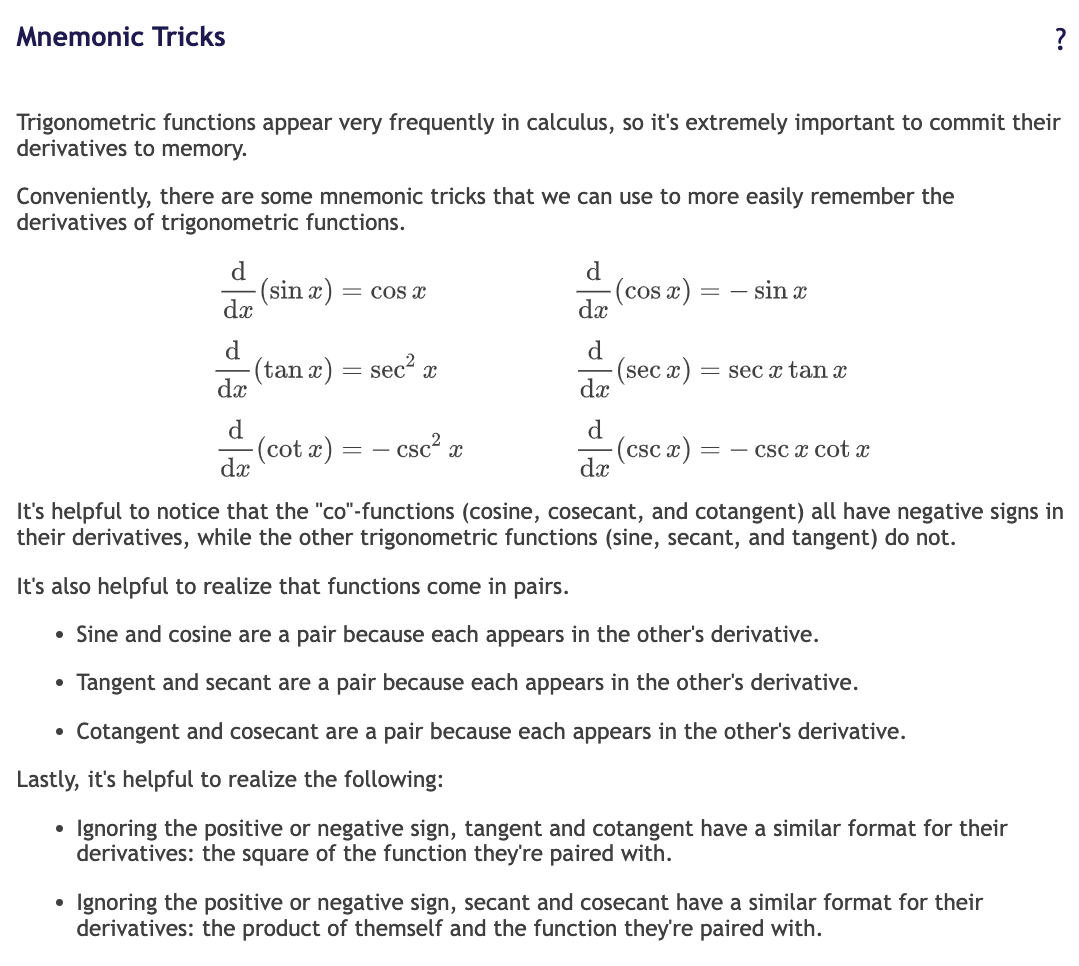
7. When should we use the absolute value when we take some sort of roots (sqrt, cube root, etc.)?
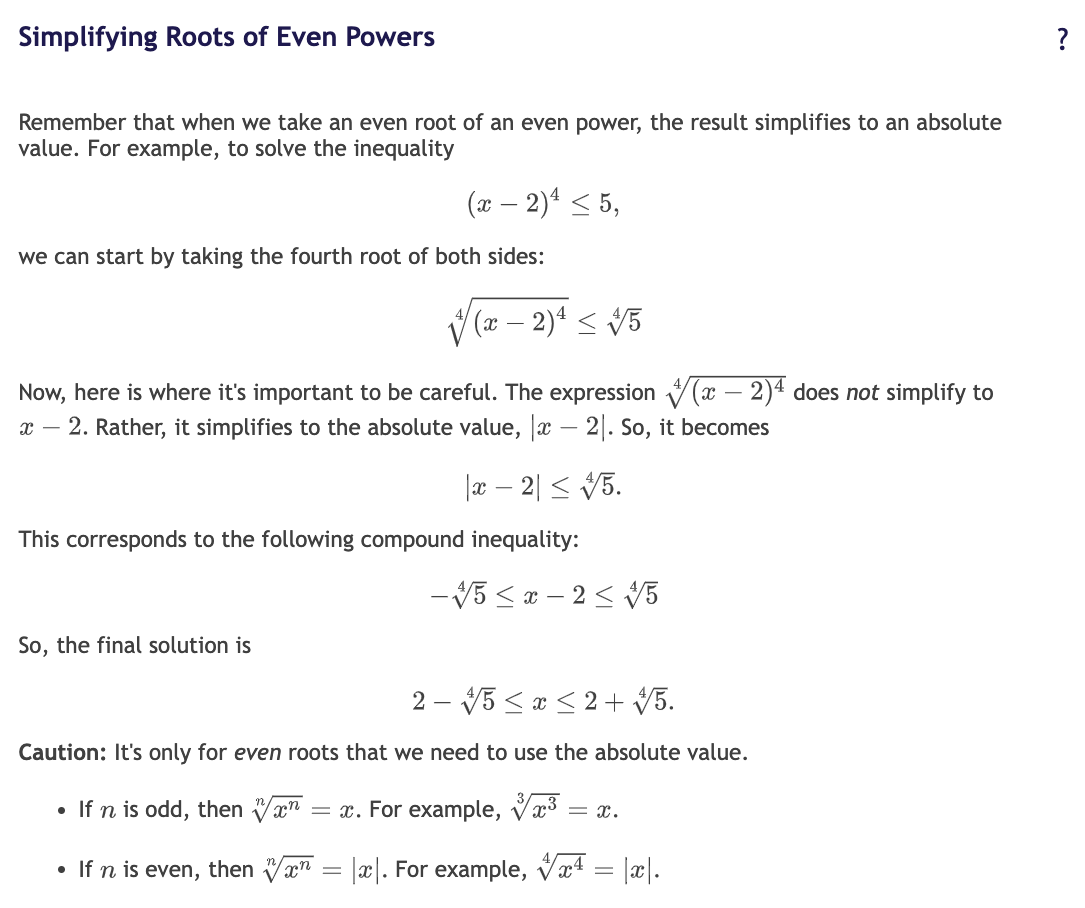
8. Orientation-Preserving Transformations
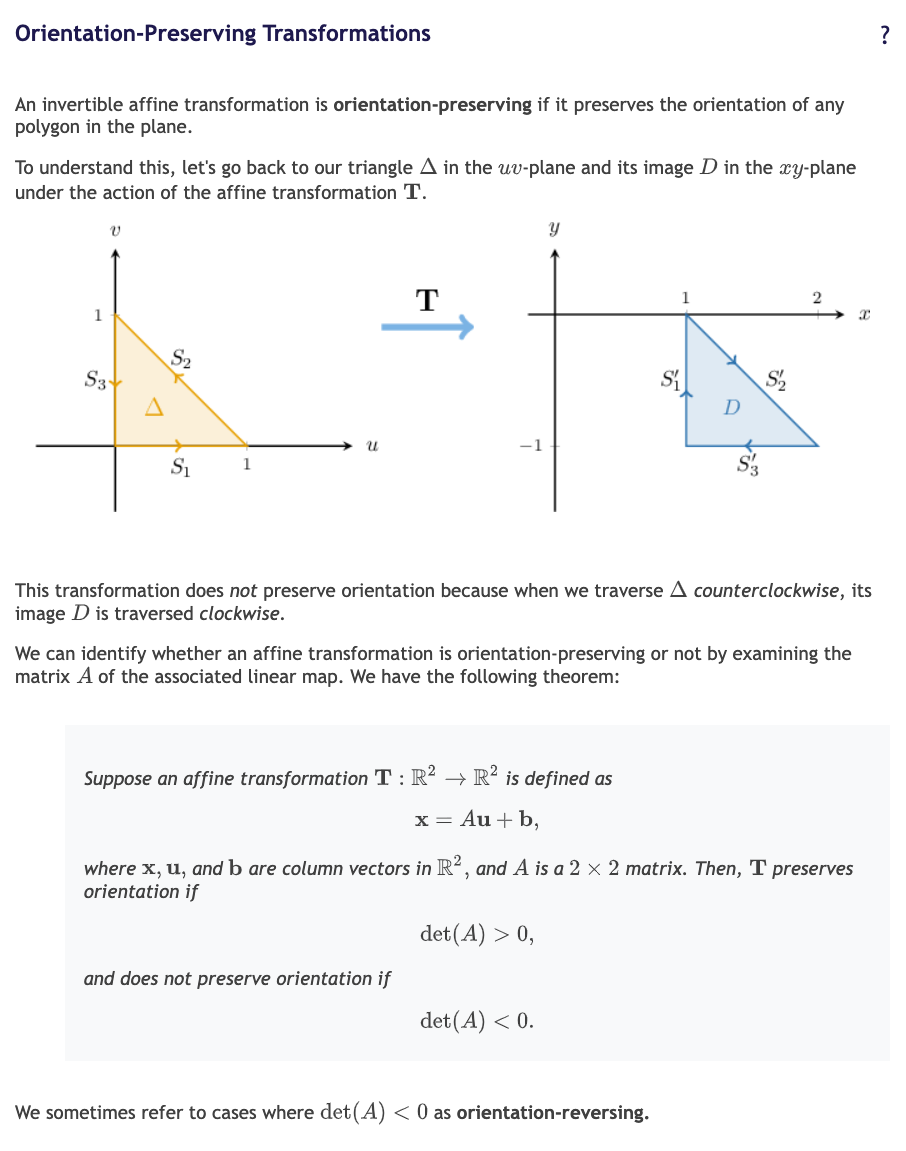
9. Area Scale Factor of an Affine Transformation

10. Different Types of Parabola Equations and their Significances
There are mainly 2 kinds of parabolic equations.
1. Standard Form (Vertex Form)
These equations describe parabolas based on their orientation along either the -axis or the -axis. They are often written as:
For a left- or right-opening parabola (horizontal orientation): For an upward or downward-opening parabola (vertical orientation): In these equations:
- is the vertex of the parabola.
- represents the distance from the vertex to the focus. If , it opens to the right/up, and if , it opens to the left/down.
Purpose of Standard Form:
- Useful for quickly identifying:
- The direction the parabola opens (determined by whether or is squared).
- The vertex .
- The distance from the vertex to the focus and the directrix.
2. General Form (Expanded Vertex Form)
This form is convenient for graphing transformations and is often written as:
For a vertically oriented parabola: For a horizontally oriented parabola: In these equations:
- controls the width and direction of the parabola.
- If , the parabola opens upward (for vertical) or to the right (for horizontal).
- If , it opens downward (for vertical) or to the left (for horizontal).
- is the vertex of the parabola.
Purpose of General Form:
- Useful for graphing because:
- directly controls the stretch or compression of the parabola. A larger makes the parabola narrower, while a smaller makes it wider.
- It’s easy to see transformations like vertical/horizontal shifts and reflections from this form.
So, in summary:
- Standard Form: Best for understanding focal properties, such as focus and directrix.
- General Form: Best for graph transformations like translations, stretches, and reflections.